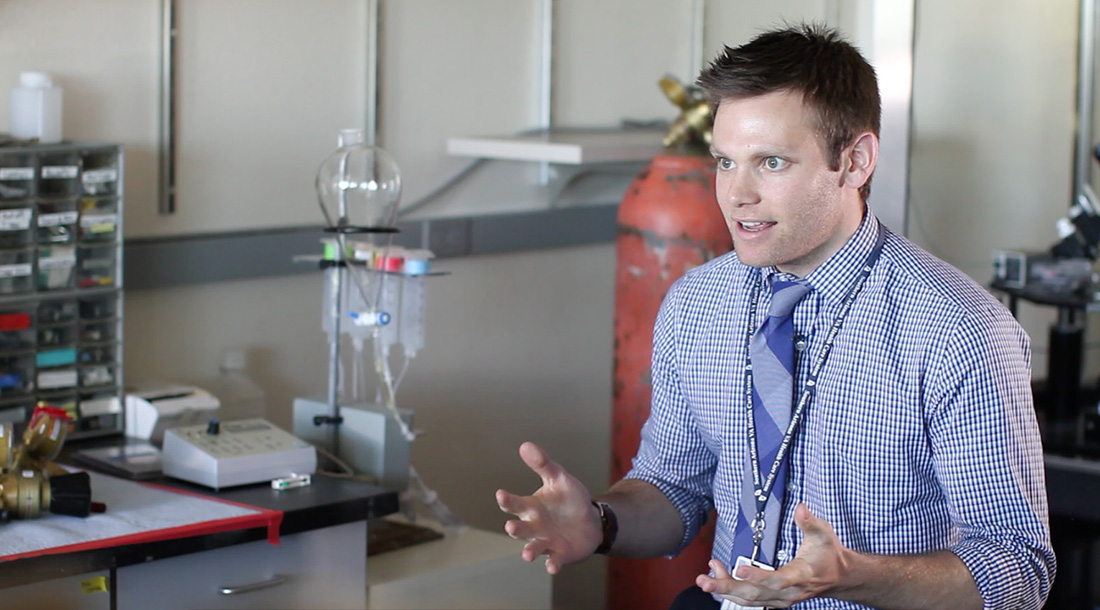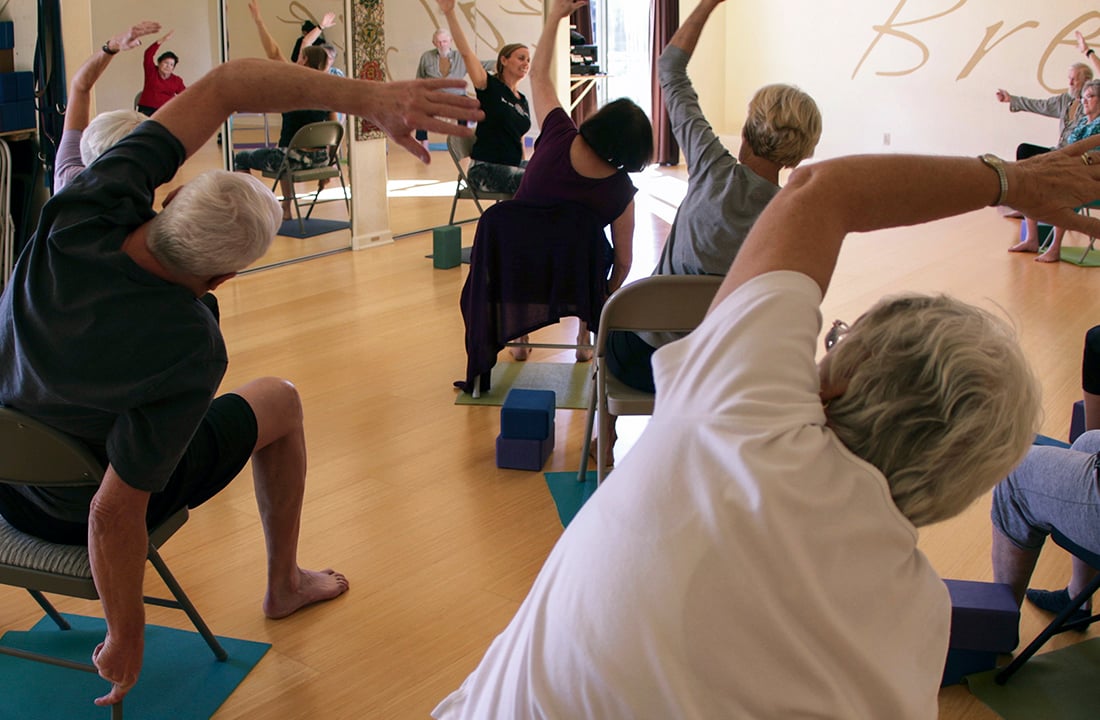Once doctors graduate medical school, they must take 40 hours of continuing medical education every two years before the Arizona Medical Board or the Arizona Board of Osteopathic Examiners will renew their license.
However, the doctors choose the courses.
In Davis’ study, the author suggested that “many primary care providers hold incorrect beliefs about basic facts regarding opioid painkillers.”
He suggested a fix: Require all Arizona doctors to take courses and learn how to manage chronic pain without opioids, how to treat people with substance abuse disorders and how to properly prescribe opioids when needed.
Ideally, he said, they would learn about these issues during medical school or while doing residency or fellowships.
“At some point, they should have to demonstrate that they’ve received education, or even better, they should be required to demonstrate some kind of efficacy,” he said.
He also suggested the state require practicing doctors to take continuing medical education courses. Only five states require all or nearly all doctors to periodically take continuing medical education in pain management, substance use disorders or controlled substance prescribing, including Iowa, South Carolina and Tennessee. However, 23 states require at least some physicians – often pain clinic practitioners or controlled-substance prescribers – to receive such training at least once, according to the study.
Norquist supports more education, but said he opposes such a mandate.
“There are a lot of people who feel like they should mandate, regulate or basically control the way I practice medicine,” he said. “Maybe we have that coming, because we haven't done the greatest job with it over time. Maybe a little bit of criticism is in order, but then to start passing laws to say that you can’t do this until you do that, is a bit extreme.”
The Office of Continuing Medical Education at the University of Arizona College of Medicine - Tucson has worked with Dr. Dan Derksen in the College of Public Health to develop an online course on how to prescribe opioids and deal with chronic back pain. Officials have offered the free course since 2015, but only about 500 prescribers have registered to take it.
Related Story

The science behind opioid addiction
“That’s a pretty good number of physicians taking the course on their own volition,” said Randa Kutob, the director of the office of Continuing Medical Education at the University of Arizona who was involved in developing this course. “In general, physicians want to be educated on the topic because they’ve heard about the adverse outcomes, and they want to know how to keep the patients safe.”
An Arizona Department of Health Services grant helped fund the course.
Robert Amend, an operations manager at the office of Continuing Medical Education, said although he’s “fairly pleased” with registration for the course, he would like to see 100 percent of doctors take it.
“People don’t take stuff unless it’s mandated, to be quite honest with you,” he said. “(Otherwise), they’ll do everything they can to avoid it.”
The Arizona Board of Osteopathic Examiners regulates and licenses more than 3,200 doctors of osteopathic medicine, and its members have not discussed mandating doctors to take opioid related continuing medical education, said the executive director, Jenna Jones. Members of the Arizona Medical Board did not respond to requests for comment.



.jpg)

.jpg)
.jpg)

.jpg)

.jpg)
CONNECT WITH US
Connect with our reporters and editors through social media, or call or email an editor from our contacts page.
Sign up for daily headlines